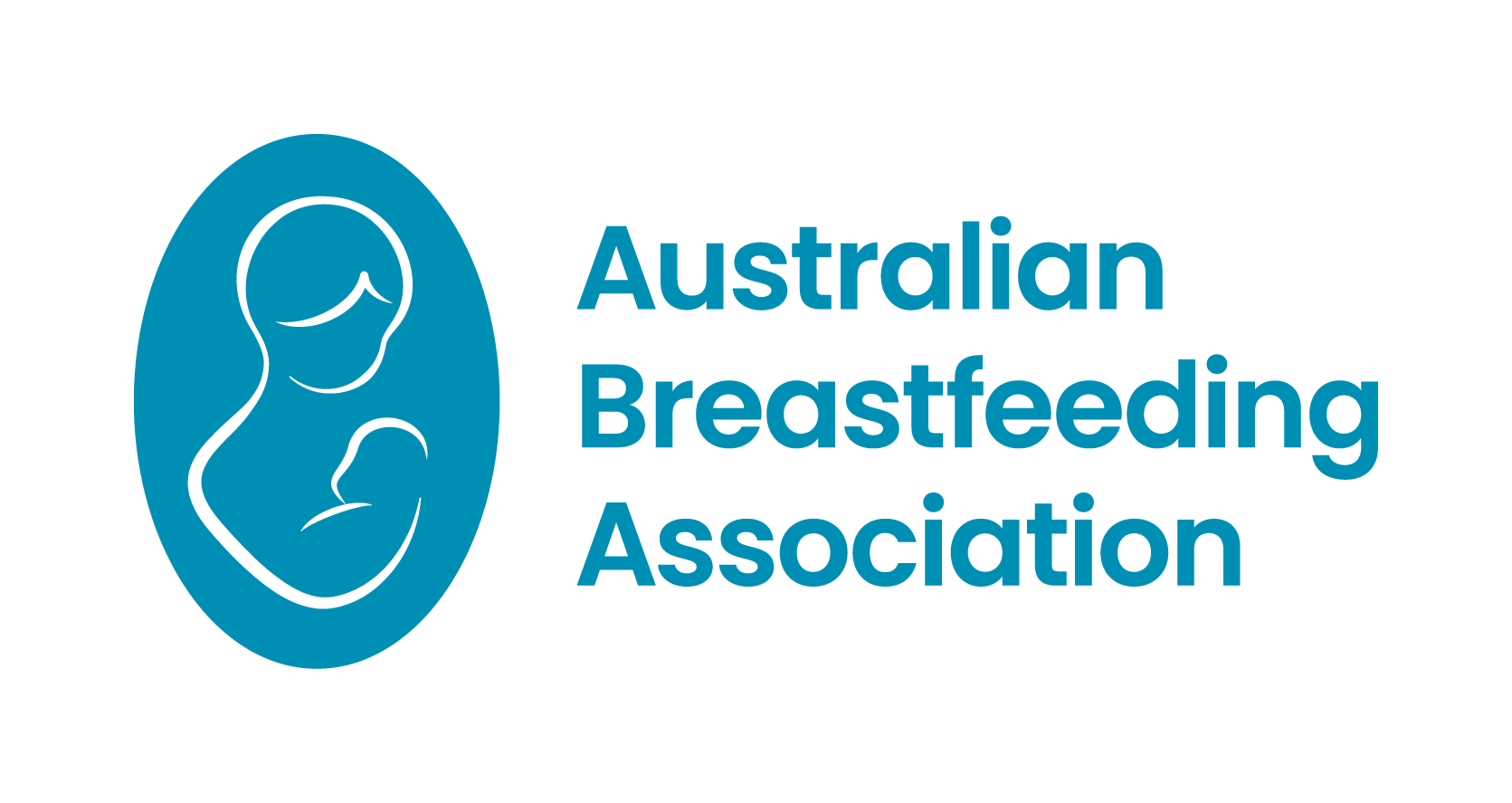Expanding information and care practices for women experiencing lactation after infant death
In recent years, stillbirth and infant death have gained increased attention in the media, and from policy makers, researchers and practitioners. Significantly, however, a mother’s lactation and milk donation options after stillbirth or infant death remain hidden.







